
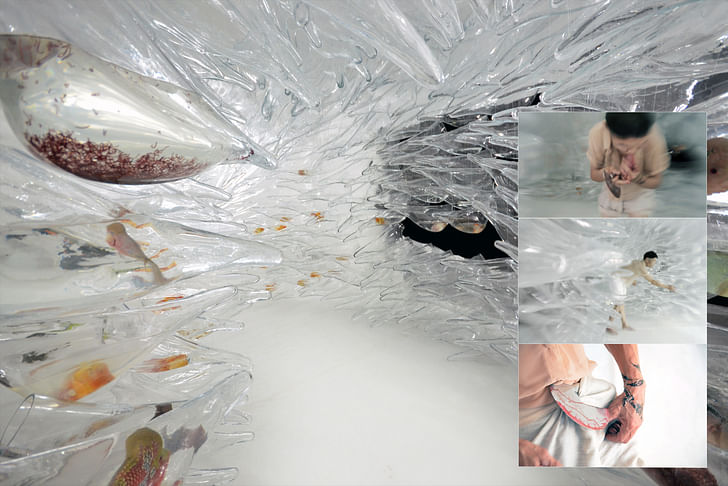
True to its name, the DIY-Feral Child workshop is devised around an imagined feral child, found deep in the Thai Jungle and now being assimilated into human society. Spanning one summer month in the north-east of Bangkok, along the Kwai River, the workshop is a tri-fold effort of design, material experimentation, and film, where twenty student participants will create a fictionalized movie narrative alongside their architectural designs.
The program focuses on creating a habitat for the feral child, facing adaptation to elements of individualized shelter and “privatized” space. Two prior workshops have taken place in India and Greece, and the 2014 iteration will continue experimentations with robotics and computational design. Some of the workshops have also been featured as an academic course at RMIT, and as a partner with Columbia's GSAPP. You can get a feel for the style of the workshops through their blogs:
I interviewed François Roche of New-Territories, one of the leaders of the workshop among a roster of practicing architects and academics, over email about the motivations behind the workshop and what students could expect to learn. The following are his unedited thoughts.

Amelia Taylor-Hochberg: Describe the organizers' backgrounds in architecture and teaching.
Francois Roche: The workshop is organized by a team skilled in scenario building, computation, robotics and filmmaking. Everyone on the organizing team is an architect: Francois Roche (New-Territories), Ezio Blasetti (MSAAD), Stephan Henrich, Camille Lacadee (studio [eɪf/bʌt/c]), Danielle Willems (Maeta Design LLC):
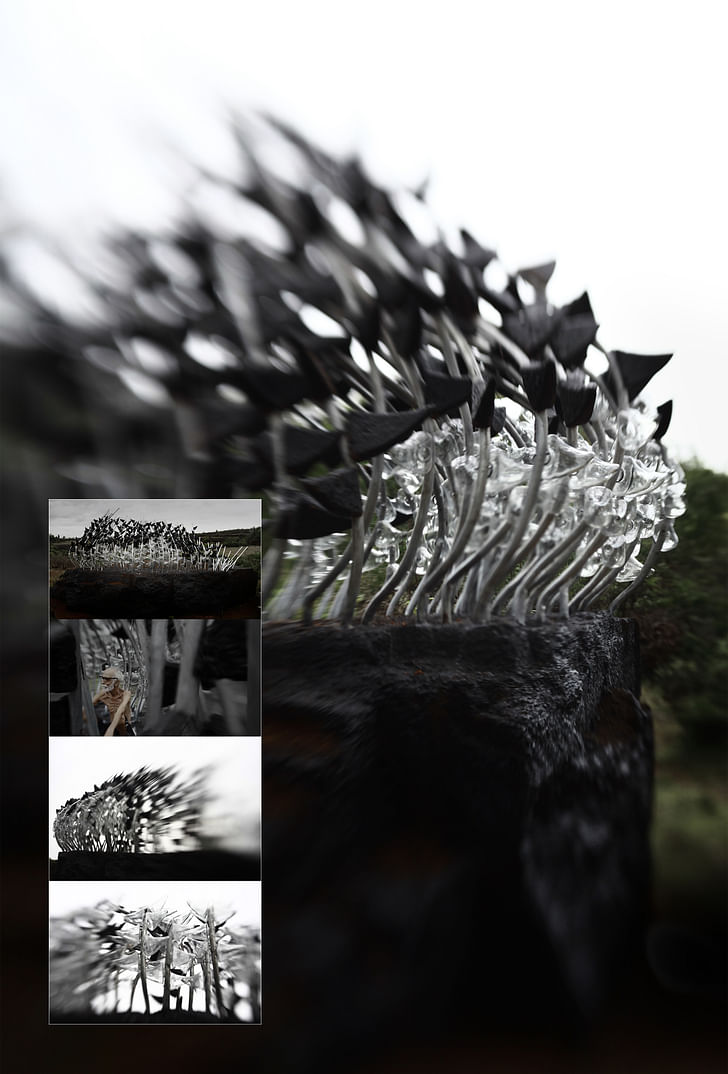
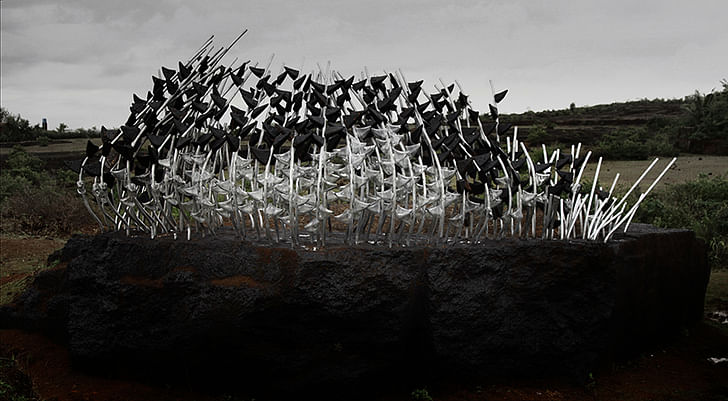
What inspired you to put on the workshop?
...to produce a shelter which produces a movie and the movie at the origin of a shelter /…as a Siamese twin interlaced production, between narration and topology, able to cross fabrication expertise and knowledge to create the condition of a passage, for a navigation between allusive realism and speculative fiction ….intertwined, interlocked as a story telling developing two collateral effects, two artifacts: one by the potential to develop a fiction using an emerging structure as a by-product, and the other on the tangible and tactile world by shaping an emergence which will “construct” the “raison d’être” of the story. The relationship, the permanent flux between the architecture becoming a Prop of another production, in another discipline, and its own real and fictional footprint (un)resisting to its own erosion produces an indistinguishable transitory and transactional process of a Siamese dialogue…where the two are slippering in an osmotic, a symbiotic stuttering…(schizoid protocols within miscibility and autonomy…), at the base of the birth of some twinned fictional identities...
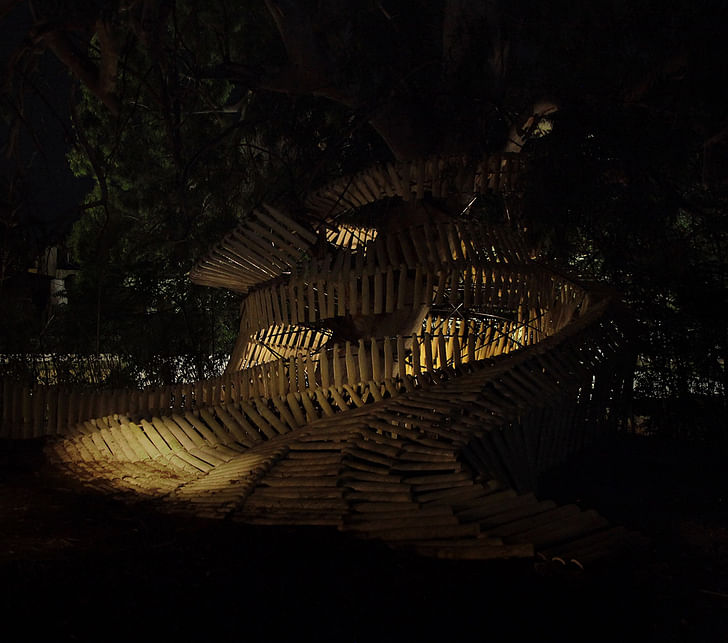
What is the ultimate goal of the workshop?
...to share this schizoid goal… storytelling and fabrication but also to create a laboratory, in one month, every year, able to provide the conditions for using and manipulating Sciences and knowledge at the opposite of the new mysticism and revival of naive positivism (Parametrical childish reductionism)...We are more in the debts of‘Pataphysics approach developing apparatuses of knowledge, rid of the master discourse (Deleuze), more in the pursuit of the LOG#25, we edited in N.York about ‘Reclaim Resi[lience]stance', about politics and science...
‘Pataphysics / (with an prefix apostrophe) _ the science of imaginary solutions_from Alfred Jarry.
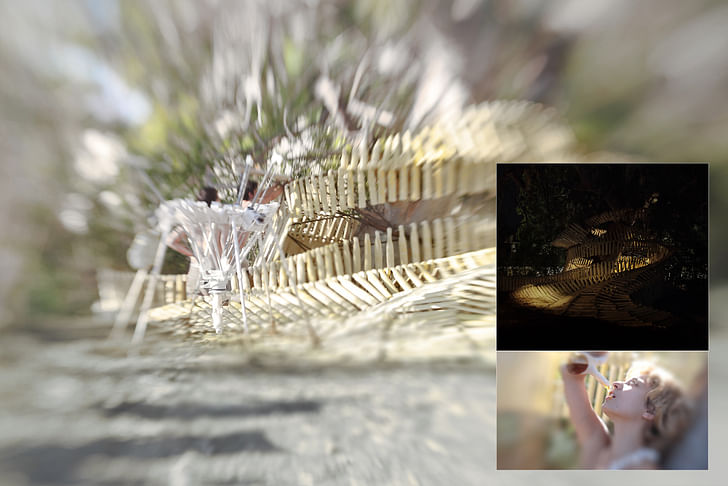
Who is the workshop's ideal audience?
Around 20 Students of 23-26 years old, mainly in architecture, post-graduate, master class, but also in art, design, anthropology, philosophy… not too naïve to travel far away from their habitude, in term of logic of production but also in term of personal attitude.
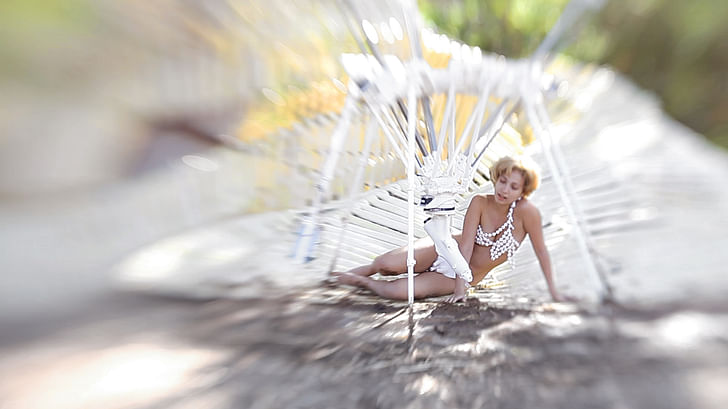
What are some difficulties you've encountered while conducting the workshop?
Last two years, it was located in India, for a philosopher lost in the main Hinduism religious region, Gokarna.
Last year in Crete, on the top of an archeological residue, disconnected from tourism crowd, to talk about Ariadne and the Minotaur…in the pursuit on the myth, as the last free European in the ‘Schengen Jailing border’.
This year in a ‘Mon’ tribe, within the deepness of the wild Thai forest…we will talk and construct a ‘feral child’ environment.
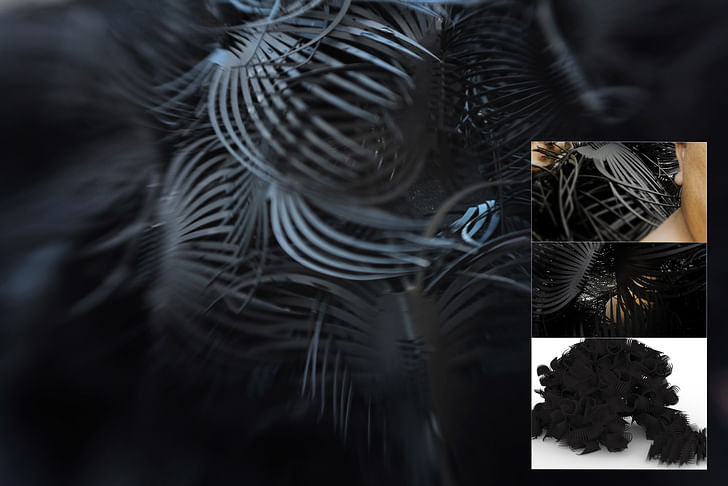
...So on each situation we are confronted to different biotopes and feedback…It is a permanent challenge to confront and articulate the contingencies of logic between the instruments-tooling we bring…. as computation, as robotic (we are coming with a 6 axes arms this year), as expertise on design process, as a professional ‘pathological predisposition’ to dominate any situation……… with… at the opposite… the discovering of the potential of a masochism adaptation, for a kind of ‘situationism’ claim or debt, …in a strategy-tragedy of correlations…of co-dependencies. We are symmetrically far away from workshop in a ‘white cube class’, only dedicated to instrumentation….as well as vacation camp… As well as illusion-alibi of pro-bono… The narration-fabrication we try to operate is a research zone, questioning the emerging of a shape and its ‘raison d’être’, which is simultaneously the vanishing point and the substrates of those by-products…appearing as artifacts…for Prototyping discourses and substances, material and immaterial... ‘Science+fiction can be defined as that branch of literature which deals with the reaction of human beings to changes in science and technology’ from Isaac Asimov, 1975.
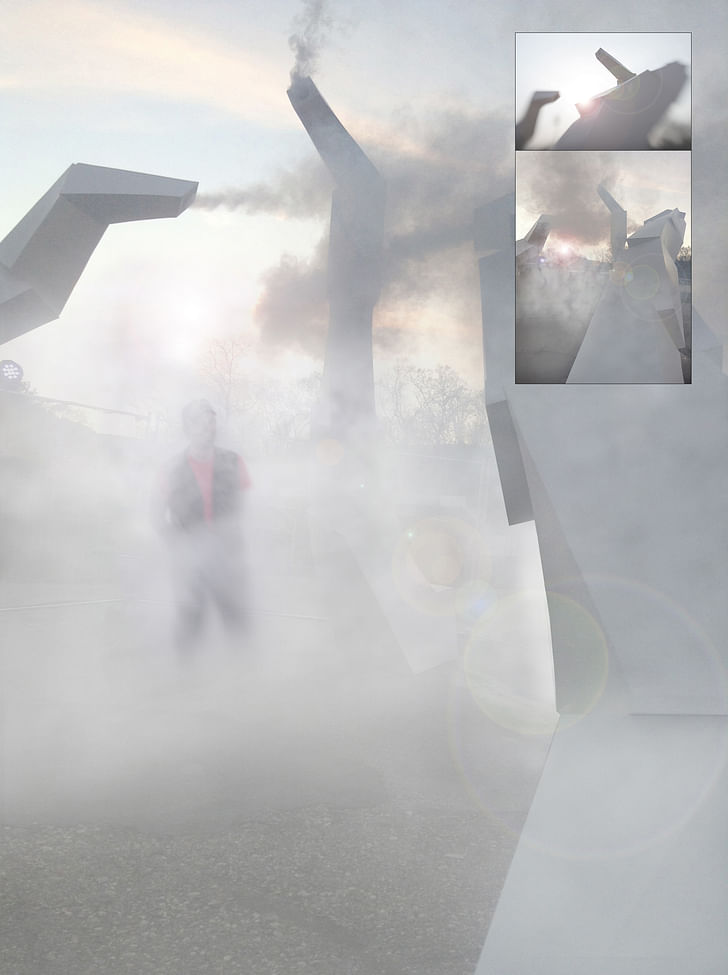
Describe how the workshops have changed over time, and ideas for future workshops.
We should be more and more critical and speculative, in a productive mode, as a principle of reality. I hope we could afford that future, every year, for at least one month.

Former Managing Editor and Podcast Co-Producer for Archinect. I write, go to the movies, walk around and listen to the radio. My interests revolve around cognitive urban theory, psycholinguistics and food.Currently freelancing. Be in touch through longhyphen@gmail.com
No Comments
Block this user
Are you sure you want to block this user and hide all related comments throughout the site?
Archinect
This is your first comment on Archinect. Your comment will be visible once approved.